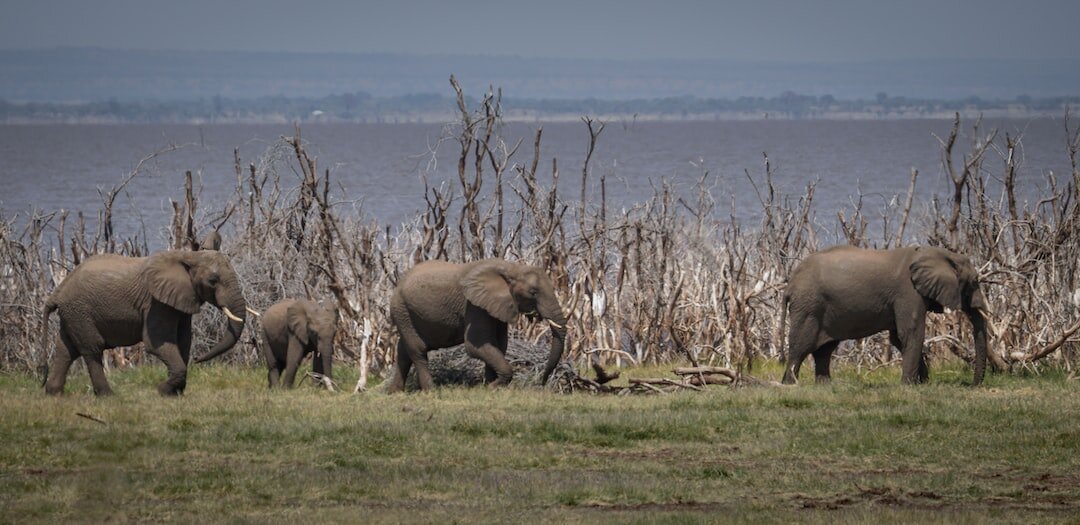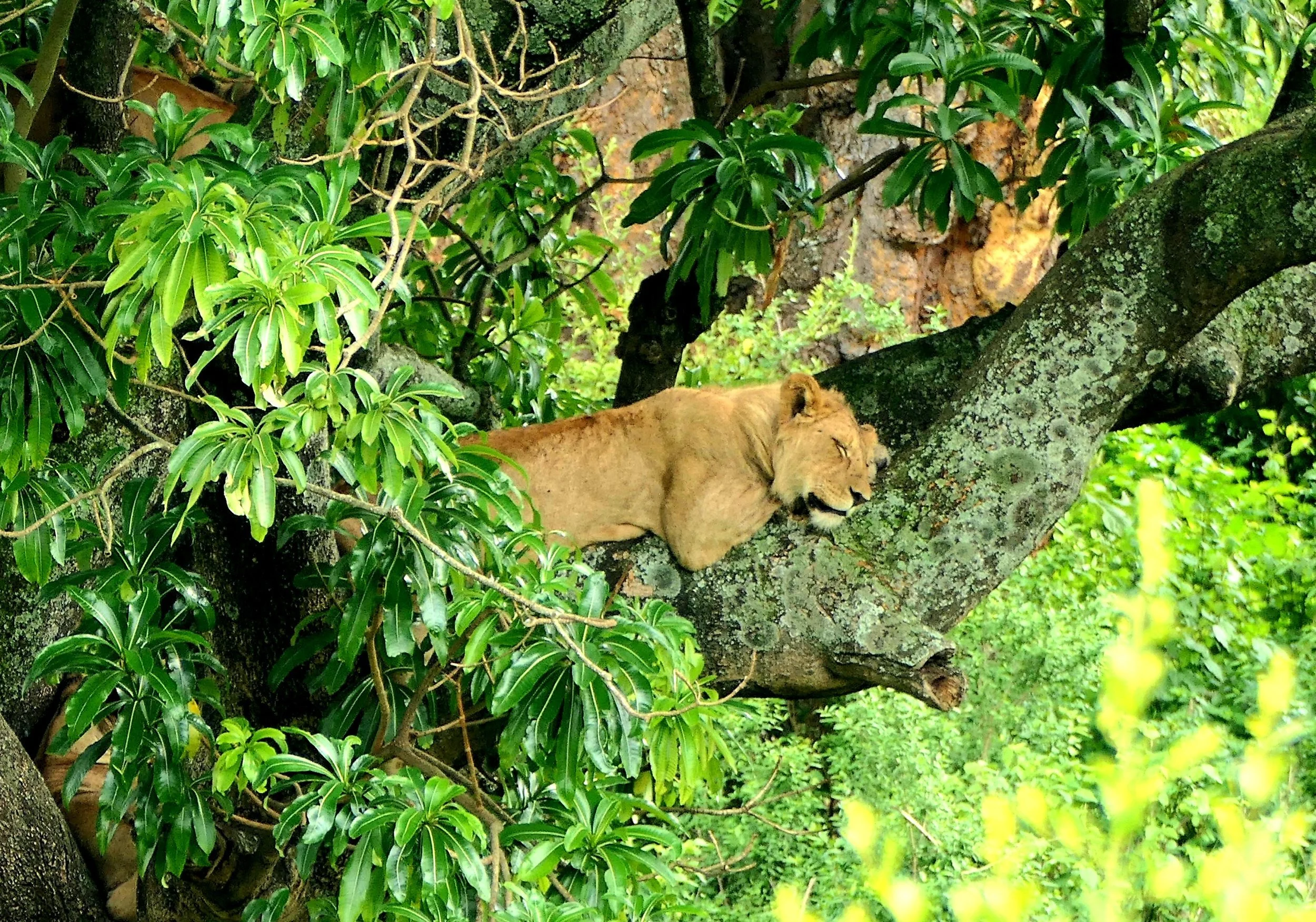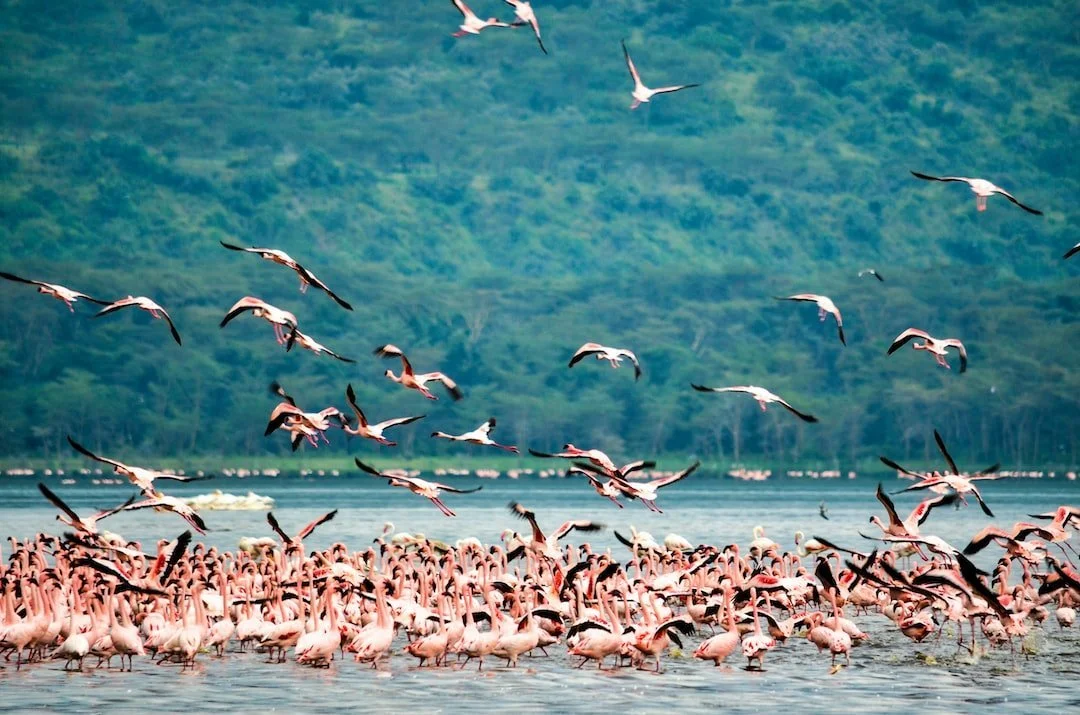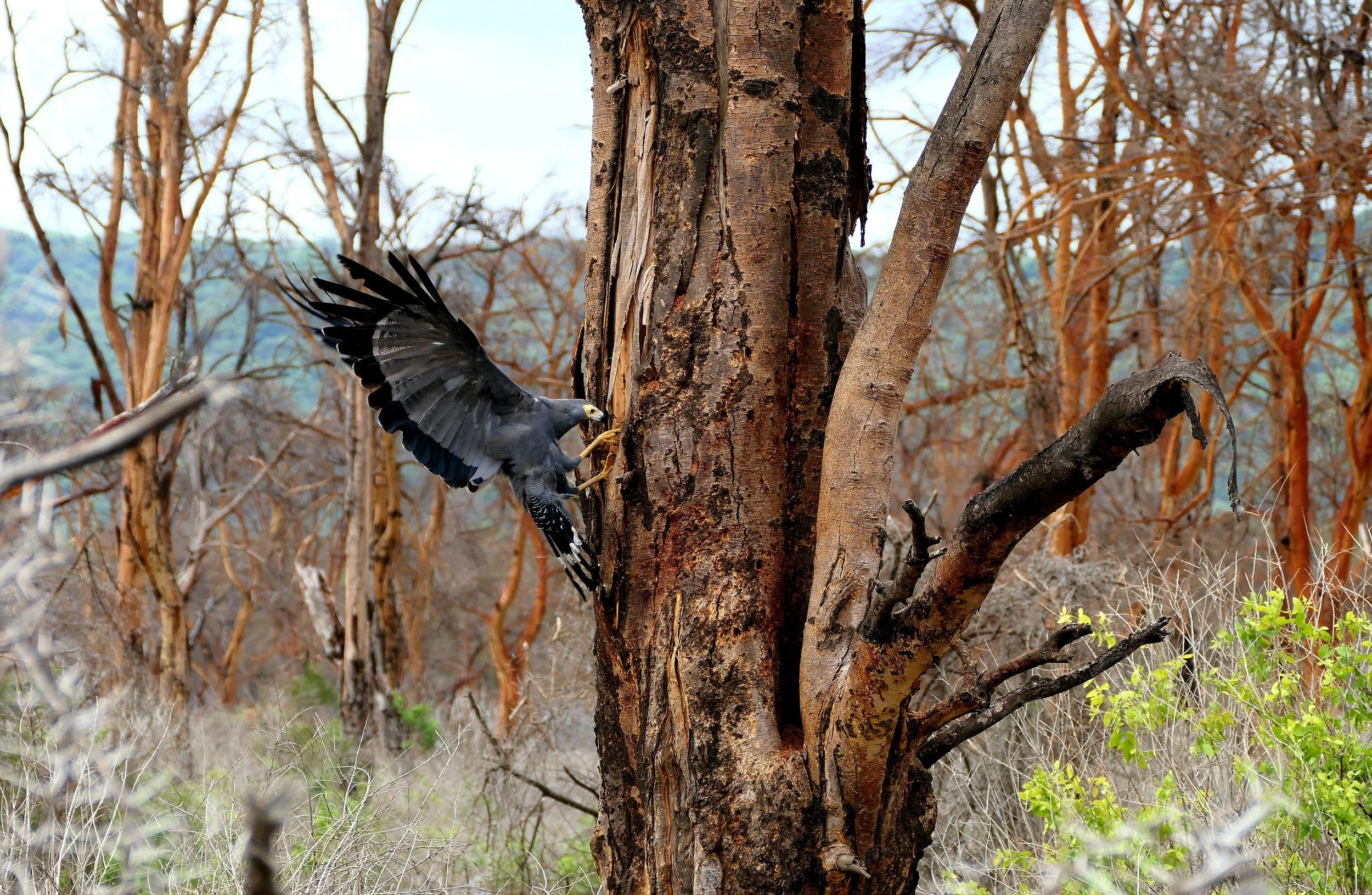
Lake Manyara National Park
About
Lake Manyara is a small but special park in Tanzania's Northern Circuit, covering just 325 km². It's known for its 600-meter high Rift Valley, which offers stunning views. But what makes it unique is the Soda Lake that covers just over two-thirds of the park, making it a densely populated wildlife viewing destination.
Another major appeal of the park is the diversity of terrains and habitats that can be found in this small area. The variety of landscapes range from marshes, acacia trees, and open savannas. It also has forests with groundwater, a cool soda lake, and bubbling hot springs where animals can find relief during the harsh dry season.
Lake Manyara is famous for its tree climbing Lions which you can often spot lazing amongst the branches of the acacia trees and as well as the Maasai giraffe that thrive off their leaves. Down amongst the shallow alkaline water you will find other groups of animals including hippos, elephants, buffalo, wildebeest, zebra, impala as well as the world's largest population of baboons.
Lake Manyara is also considered a heaven for birdwatchers as the park boasts over 400 species of bird including the migratory Pink Flamingos which enjoy nesting by the shallow edges of the lake from November until April.
Why Visit Lake Manyara?
Unusual Tree-Climbing Lions
Lake Manyara is renowned for its tree-climbing lions that have developed this distinctive behavior. They are often spotted lounging on the branches of acacia and mahogany trees. This a rare and extraordinary sight that draws wildlife enthusiasts from around the world. The tree-climbing lions in Lake Manyara are also known for their relatively relaxed disposition, allowing visitors to get relatively close for amazing viewing and photography experiences.
Famous Flamingos
Lake Manyara's unique ecosystem supports a large population of flamingos, making it a globally recognized destination for birdwatchers and nature enthusiasts. The park's alkaline lake is a primary feeding ground for thousands of flamingos. Witnessing vast flocks of these elegant birds wading through the shallow waters in search of their favorite food is a truly mesmerizing spectacle. Beyond flamingos, the park boasts over 400 bird species, making it a haven for birdwatchers. The diversity of avian life includes pelicans, herons, kingfishers, and raptors. Whether you're an avid birder or a casual observer, Lake Manyara offers unparalleled birdwatching opportunities.
Great Biodiversity
Lake Manyara National Park is celebrated for its rich biodiversity, encompassing diverse ecosystems that support a wide range of flora and fauna. The park's landscapes are incredibly diverse, featuring lush forests, open grasslands, acacia woodlands, and the picturesque lake itself. This diversity of habitats supports an array of wildlife species. Lake Manyara is home to a plethora of animals, including elephants, giraffes, zebras, wildebeest, and more. The park's compact size allows for concentrated wildlife viewing, making it an ideal destination for safari enthusiasts. The park's location at the base of the Rift Valley Escarpment offers breathtaking panoramic views. Visitors can ascend the escarpment to the park's higher elevations, where they can admire the scenic vistas of the lake and its surroundings.
When is Best to Visit Lake Manyara National Park?
-
This is the short dry season. Temperatures ranging from 25°C to 30°C (77°F to 86°F) during the day. The forest remains vibrant and wildlife remains abundant with the rejuvenated vegetation attracting herbivores.
-
This is the long rains season. The temperatures can range from 25°C to 30°C (77°F to 86°F) during the day, with cooler nights. It is the wettest time of the year and wildlife viewing can be more challenging as animals disperse into the dense vegetation.
-
This is the dry season, with sunny and clear skies. The daytime temperatures range from 25°C to 30°C (77°F to 86°F), with cooler nights. It is the best time for a safari as the animals tend to congregate gather around water sources.
-
This is the short rains season. Temperatures range from 25°C to 30°C (77°F to 86°F) during the day, with cooler nights. The grassland and trees start turning green. Wildlife viewing remains good and the park’s famous tree-climbing lions may be spotted.
Need More Inspiration?










